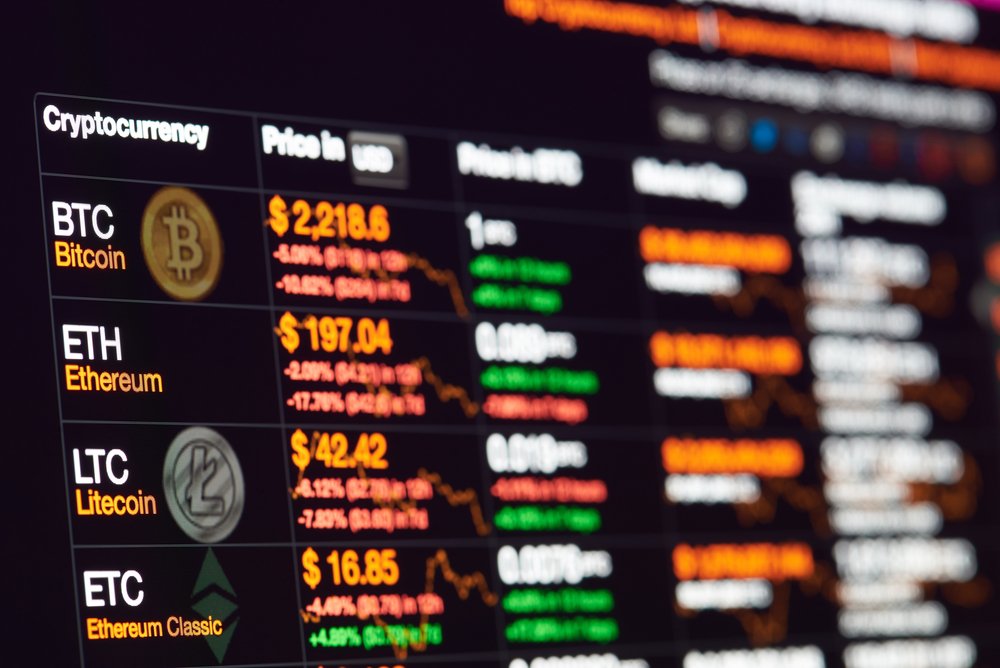When people discuss cryptocurrencies, there are a few key factors which should always be taken into account. Judging currencies on the basis of their market caps alone is no longer a viable option, even though it is still the most popular indicator. There are other factors to take into account in order to get the complete picture. Below are some basic metrics for (novice) cryptocurrency traders to be aware of at all times.
5. Market Cap
Although the market cap itself only tells part of the story, people will always keep a close eye on it first and foremost. It is the reason why Bitcoin is considered to be the “largest” cryptocurrency, even though its “dominance” within the cryptocurrency market is less than 37%. Especially when it comes to altcoins and ERC20 tokens, looking at just the market cap is no longer enough.
4. Maximum Supply
Most cryptocurrency enthusiasts are well aware that most currencies have a maximum supply. In the case of ICO tokens, that limit is known well in advance. However, there are some currencies which do not have a maximum supply, such as Ethereum. This is important to keep in mind, as it means a lot of value will be added to its market cap as long as people are able to generate Ether. Right now, for every new coin, a whopping US$898 is added to Ethereum’s market cap. This paints a somewhat skewed picture of the value of this altcoin, to say the very least.
3. Total Supply
Contrary to what most people would expect, the total supply and maximum supply are not the same thing. In the case of Stellar Lumens, for example, the total supply is 103.5 billion XLM. Even though that is not necessarily the maximum supply, it is unlikely we will see more tokens issued over time. XLM is one of those currencies which cannot be mined and is largely controlled by a centralized entity.
Furthermore, the total supply and circulating supply for such currencies are usually very different, which is another factor to take into account. A cryptocurrency’s market cap is equal to the current price per coin times its circulating supply, rather than the total supply. If the latter figure were used, a lot of currencies would not maintain their current valuations for very long due to an overwhelming supply of coins.
2. Can it be Mined?
When looking at sites such as CoinMarketCap.com, one notices that a lot of currencies have asterisks next to them. This usually indicates that such currencies cannot be mined any longer. In some cases, this has been the case from day one, which often raises concerns among investors. At the time of writing, five non-minable currencies are among the top 10 ranked by market cap. That produces a very skewed representation of their value, which is why ranking currencies by their market cap is not the best course of action right now.
1. Does it Have a Native Exchange?
Although this is an often-overlooked fact, there are currencies out there which are mainly traded on an exchange controlled by the developers. One such example is BitConnect, which sees over 95% of its volume originate from the native BCC exchange. This is quite problematic, as it often leads to price manipulation. Thankfully, such coins are very difficult to come by, but it’s always worth checking to see whether or not any exchange shenanigans are taking place. After all, price manipulation will result in a skewed market cap, further invalidating this metric altogether.

